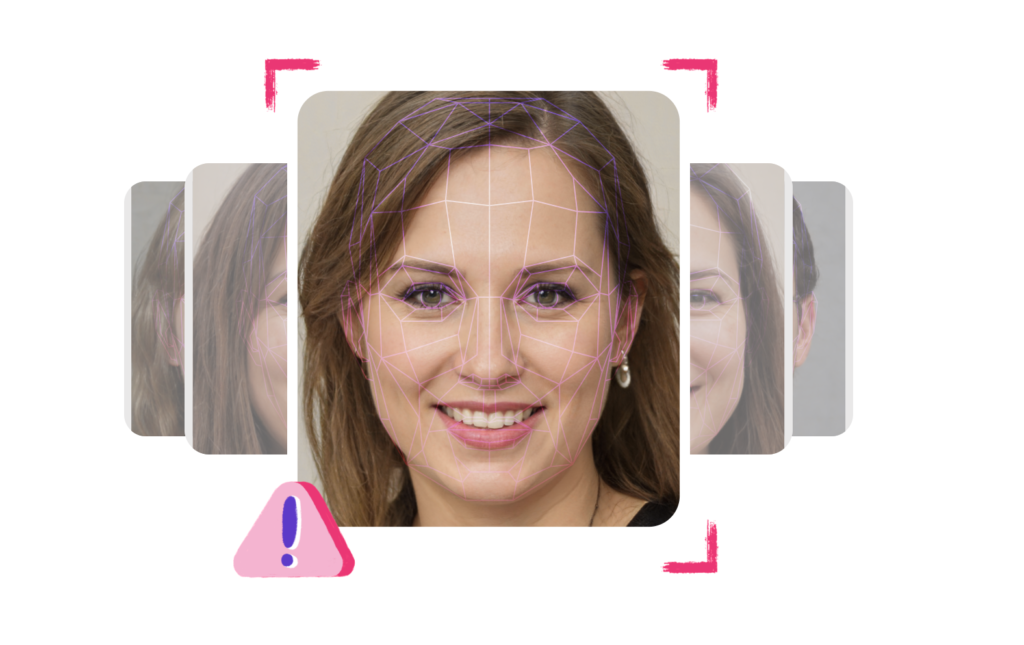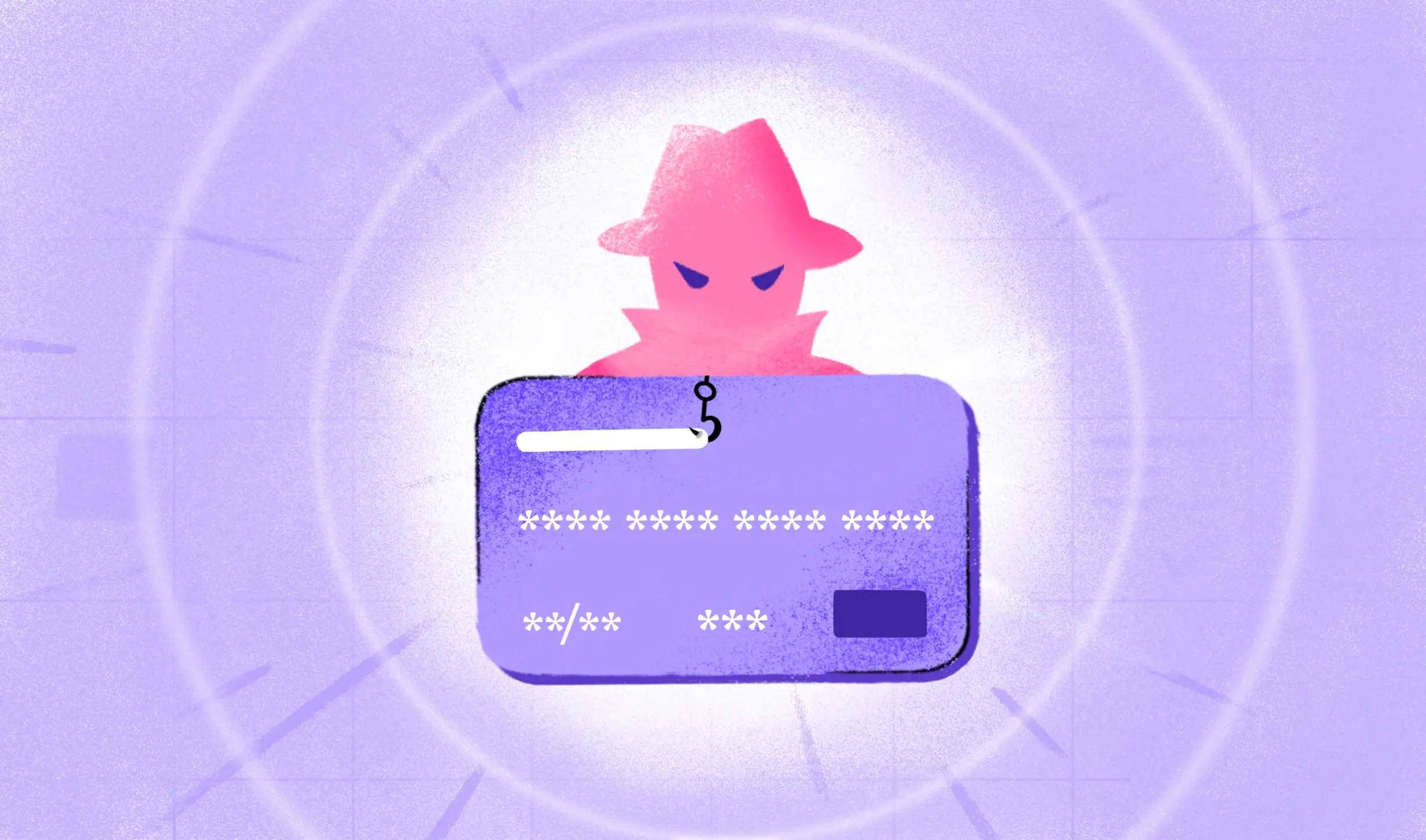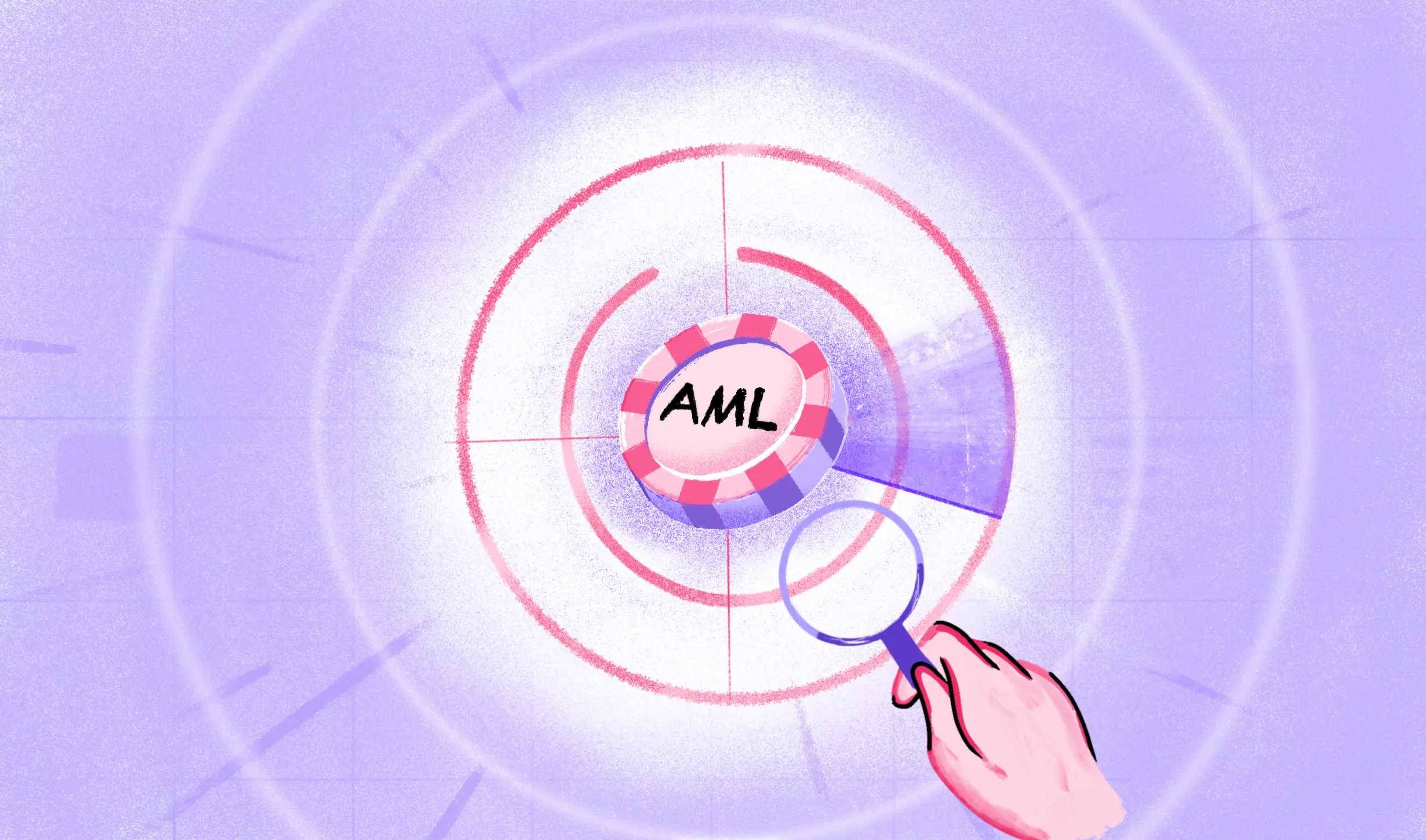If you believe that spoofing attacks cannot impact biometric facial recognition systems, you are mistaken. As long as there are identity verification mechanisms in place, fraudsters will always find a way to get around them. One such method is face spoofing, in which a fraudster attempts to deceive a facial recognition system into mistaking his/her identity by displaying a false face to the camera (such as a photo, 3D-rendered model, or 3D-printed mask). The biggest obstacles for organizations offering facial recognition software are posed by fraudsters who can also employ AI-assisted techniques like deepfakes. According to the Federal Trade Commission (FTC), fraud losses surpass $5.8 billion on average annually.

Face spoofing detection methods, including liveness checks, have evolved to minimize emerging risks in order to defend against such risks. A face’s texture, the density of elements, and the relationship between them, for instance, can all be used to help establish whether or not it is real. By having more confidence in the real identity of its customers, such technologies enable operators to gain time throughout the onboarding process.
Anti-spoofing as part of AI face recognition plays a significant role in the KYC mix as organizations continue to digitize and move their customer identification methods toward face authentication processes.
It’s critical to comprehend the approaches fraudsters adopt as well as how sophisticated, multi-layered KYC procedures can limit facial fraud.
The impact of facial spoofing methods
According to the FBI, over 100,000 incidents of identity theft and personal data breaches occur annually. Fraudsters could use a range of tactics to get the better of identity verification systems, including:
- Acquiring access to buildings with facial recognition systems, perhaps stealing important corporate data kept there (ID theft)
- Creating false identities to sign up for services and engage in various frauds (insurance fraud, iGaming fraud, etc)
- Adopting somebody else’s identity (attacks involving impersonation)
- avoiding KYC and screening processes, or more generally, avoiding system recognition (obfuscation attacks)
Facial spoofing, also known as presentation attacks, is a tactic used by fraudsters to bypass facial recognition systems. In such attacks, static or dynamic 2D and 3D objects are leveraged to deceive facial recognition systems.
— Static 2D: Perpetrators will attempt to impersonate a legitimate person by using any two-dimensional flat-surfaced objects, such as a photo or a mask. Despite being the most commonly used, the static 2D technique is also the least advanced, yet it consistently outperforms inferior systems. A further level of sophistication was added to this attack when some discovered a technique to replicate live motions through a series of images presented on smartphones or tablets.
— Static 3D: Attacks exploiting 3D-printed masks, facial replicas, or sculptures also discovered how to circumvent anti-spoofing safeguards that rely on the liveness detection of data points. But some approaches are easier than others. The most simplistic solution, for instance, would be to print a person’s image and then place it on a flexible structure. The most complex method, however, would be to perform a 3D capture of a person’s face in order to ensure the maximum level of accuracy and 3D acquisition. You can be sure, though, that these techniques need particular tools and are challenging to set up.
In both situations, fraudsters will often use easily accessible biometric publically available data, such as photographs from social networks, while carrying out these scams. Anti-spoofing measures do, however, exist that can halt these assaults.
Combatting facial spoofing 101
Did you know that every fraud victim annually loses $500 on average? Therefore, service providers have devised a range of methods to combat presentation attacks while spoofers make tremendous attempts to defeat facial recognition systems.
Comparing the user’s face to the identity document he submitted is the fundamental method for recognizing these attacks. However, since this mechanism is simple to spoof, more advanced solutions are required.
Therefore, face spoofing detection yields more accurate results in identifying fraudsters. The computer’s capacity to tell whether he is engaging with a real person or any other prop/video/photo display is known as liveness detection.
When it comes to liveness detection, there are two major mechanisms — active liveness detection and passive liveness detection. Users of the active method must interact with a facial recognition system to demonstrate their “liveness” to access it. On the other hand, passive liveness detection requires no user intervention and is hidden from the user.
- Active Liveness Detection
As previously mentioned, active face liveness detection is an interactive method of identifying fraud; users must stand in front of a camera and perform specific gestures to confirm their identity within the system.
These behaviors could include smiling, nodding, blinking, etc. These actions could occasionally be randomly generated to give the system an additional layer of security. Users won’t be allowed access until they’ve completed all the required actions.
- Passive Liveness Detection
Although active facial recognition offers substantial security against face spoofing, it might not always be the best option since it necessitates user participation.
Passive liveness detection occasionally proves to be a viable safety mechanism. Users have no way of knowing they are being tested with this form of detection. Everything is controlled by the detection devices on their own.
Liveness detection’s primary goal is to determine whether a face is real or artificially produced by cybercriminals. In essence, the system distinguishes between a real face and a fraudulent one.
Robust anti-facial spoofing techniques
Let’s talk about liveness detection techniques based on color, texture, shape, movement, or reflectance to discover more about how to minimize facial spoofing.
- Eye Blink Detection
The test of natural eye blinking is said to be quite accurate. The average person blinks 25–30 times per minute, with each blink lasting over 250 milliseconds.
Sophisticated, technologically-based cameras capture videos with short pauses between consecutive images. Therefore, the quantity of blinks is tallied, which aids in face spoofing detection.
- Deep Learning
This method for face spoofing detection uses a convolutional neural network (CNN) trained to distinguish between authentic and fake pictures. CNN is an artificial intelligence-based method for determining pixel data.
- Challenge-Response Techniques
A challenge-response system verifies a user’s identity based on a sequence of actions such as head motions, grins, and happy and sad facial expressions.
- 3D Cameras
One of the most effective methods for face spoofing detection is the use of 3D cameras. These cameras have the ability to distinguish between a face and a flat shape. They offer excellent accuracy defense against presentational attacks as a result.
- Active Flash
Active flash lowers the risk of presentation attacks by allowing us to use the reflections of light on a face to disguise our identity. It entails utilizing the changing lighting environment made possible by the extra light produced by a device’s screen. Facial reflection is adequate in white light.
Conclusion
Liveness detection technologies will be applied a lot more in the upcoming years. Deep learning and artificial intelligence can be used together to strengthen and enhance facial anti-spoofing solutions.
HyperVerge keeps pushing the boundaries of what is achievable by constantly benchmarking its AI-powered facial recognition system’s performance and deepfake detection. We offer an extensive selection of cutting-edge identity verification solutions, including facial recognition, liveness detection, document identification, and others. The accuracy of HyperVerge’s passive liveness detection method has been certified by iBeta. Contact us to know more information about how we can assist you with preventing and detecting fraud as your business expands and gives you peace of mind. Click here for more information.
FAQs
What is facial spoofing?
Facial spoofing is the technique of impersonating somebody’s face and facial biometrics from a photograph or video to steal their identity.
What anti-spoofing techniques can be used to battle facial spoofing?
Eye blink detection, deep learning, 3D cameras, active flash, etc.
What kind of attack does spoofing come under?
Spoofing comes under cybercrime when someone or something impersonates another entity in an effort to win our trust, get access to our systems, steal data, steal money, or spread malware.
Is facial spoofing the most common type of spoofing?
No. Email Spoofing is the most common form of spoofing. This happens when a scammer impersonates a trusted contact by changing the “From” field to match them or by using their name and email address in place of a known contact.

 US
US
 IN
IN









